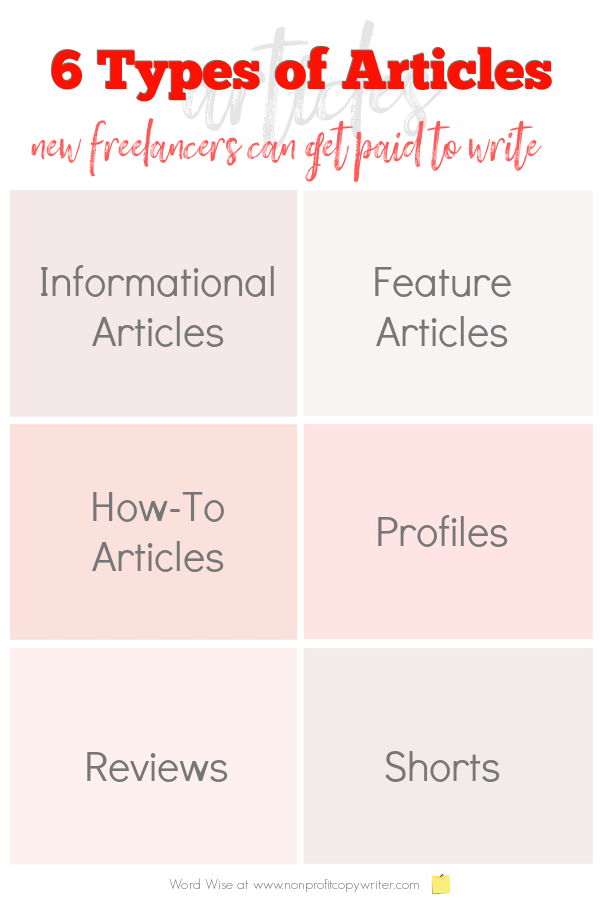How Articles Add To Quality in Creating
The use of write-ups is commonly ignored, yet their effect on clarity in creating can not be downplayed. Definite and indefinite write-ups offer unique functions, guiding the viewers toward a nuanced understanding of the message. While "the" indicates uniqueness, "a" and "an" unlock to originalities. Abuse of these posts regularly causes obscurity, ultimately obscuring the writer's intent - sssdarticles. Understanding the nuances of post use is crucial for accomplishing quality, however what details strategies can writers utilize to harness their full possibility?
The Function of Articles
By assigning nouns as definite or indefinite, short articles guide the viewers's understanding of the subject issue, differentiating between known and unknown entities. The definite post "the" suggests a certain noun, while the indefinite short articles "a" and "an" recommend a basic or non-specific reference.
Incorporating short articles properly boosts the comprehensibility of creating, permitting writers to share their designated significances with better precision. sssdarticles. Abuse or noninclusion of posts can cause obscurity, creating confusion for the reader. Mentioning "I saw pet dog" lacks clarity and specificity, whereas "I saw a pet" or "I saw the dog" conveys distinctive definitions.
In addition, write-ups add to the rhythm and flow of sentences, influencing readability. They enable writers to develop a logical framework, connecting ideas and facilitating understanding. A strong grasp of article use is important for effective communication, ensuring that the subtleties of meaning are managed and the message is provided clearly. This fundamental aspect of grammar considerably affects overall composing clarity.
Kinds of Articles
Understanding the different sorts of write-ups is fundamental to grasping their usage in creating. Articles can be categorized mostly into two types: certain and indefinite posts. The guaranteed article "the" specifies a specific noun that is recognized to the viewers. Claiming "the publication" implies that both the audio speaker and audience are aware of which specific book is being referenced. This precision helps to direct the reader's focus and boosts clarity.
On the other hand, indefinite short articles, such as "a" and "an," refer to non-specific nouns. When one states "a publication," it suggests any type of book, not one particularly. This usage is vital when introducing new concepts or items to the discourse, as it provides a basic framework without constraining the viewers to a details recommendation.
Furthermore, articles can likewise convey nuances such as quantity and individuality. For instance, "an apple" suggests any kind of apple, while "the apple" may indicate that it is the only apple in the context. Understanding these distinctions allows writers to successfully manipulate short articles for higher quality and precision in their interaction.
Articles and Specificity
Conversely, indefinite write-ups like "a" or "an" present nouns in a much more basic sense, suggesting that the noun might not be familiar to the visitor. As an example, "a publication" recommends any publication, leaving the specifics open up to analysis. This distinction is vital for effective writing, as it affects how info see post is communicated and recognized.
Typical Errors With Articles
Clarity in composing can commonly be endangered by typical mistakes with write-ups. One prevalent mistake involves the abuse of certain and indefinite short articles.

Improving Clarity With Articles
Efficient communication hinges on the specific usage of short articles, which can considerably improve quality in creating. Articles, including "a," "an," and "the," serve as indicators that lead visitors with the message. Their right application not only clarifies which noun is being referenced but likewise develops the uniqueness and generality of the topic.
Making use of definite and uncertain short articles properly can help avoid ambiguity. Saying "the car" defines a certain lorry, while check my reference "an auto" refers to any kind of cars and truck in general. This distinction is vital in ensuring that the viewers understands the intended significance without confusion. Constant use of write-ups contributes to the total flow of creating, enabling for smoother transitions in between ideas.
In scholastic and professional writing, quality is critical. Abuse of short articles can bring about misunderstandings and false impressions, taking away from the author's trustworthiness. Consequently, writers must pay mindful attention to short article use, as this tiny yet powerful aspect of language can dramatically improve the clarity of their communication. Ultimately, the reliable usage of short articles transforms creating from mere words into a meaningful and easily accessible official source message.
Conclusion
In verdict, short articles are essential tools in composing, significantly enhancing quality and accuracy. Mastery of short article usage eventually adds to a much more systematic and appealing composing style, promoting far better understanding for visitors.